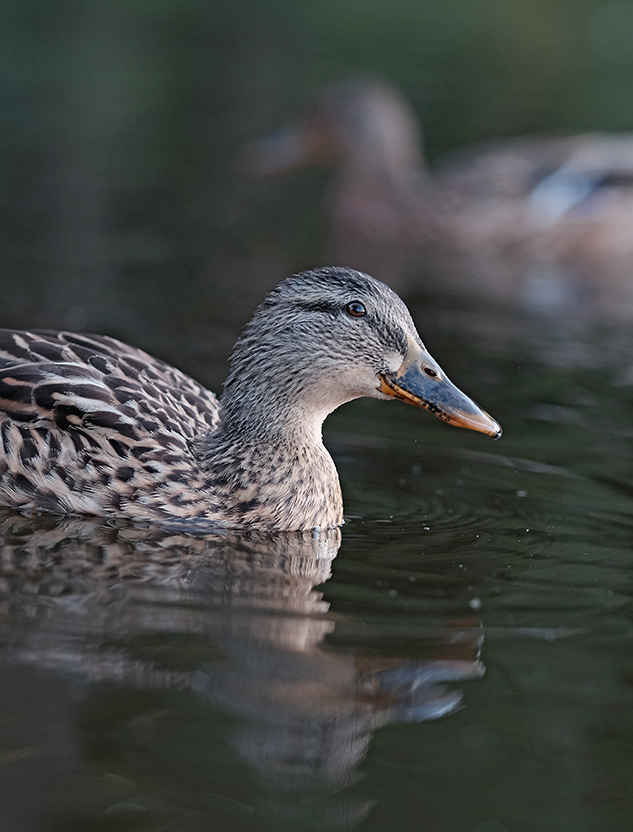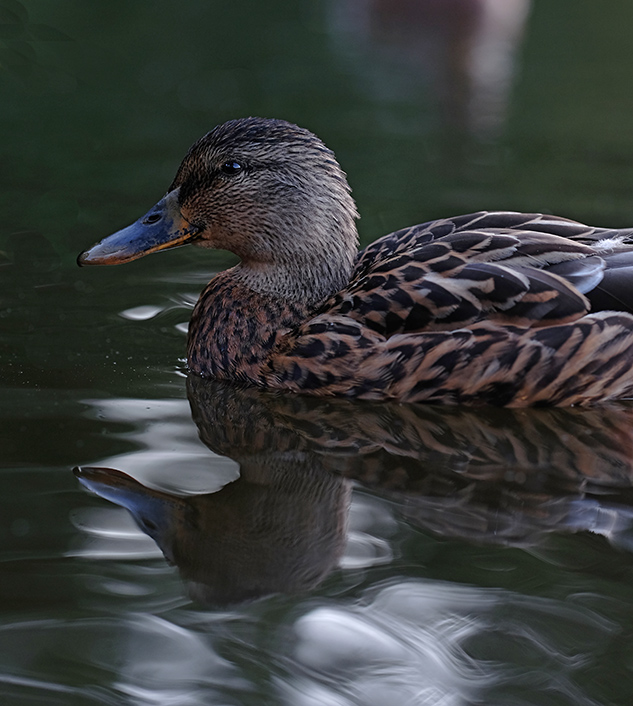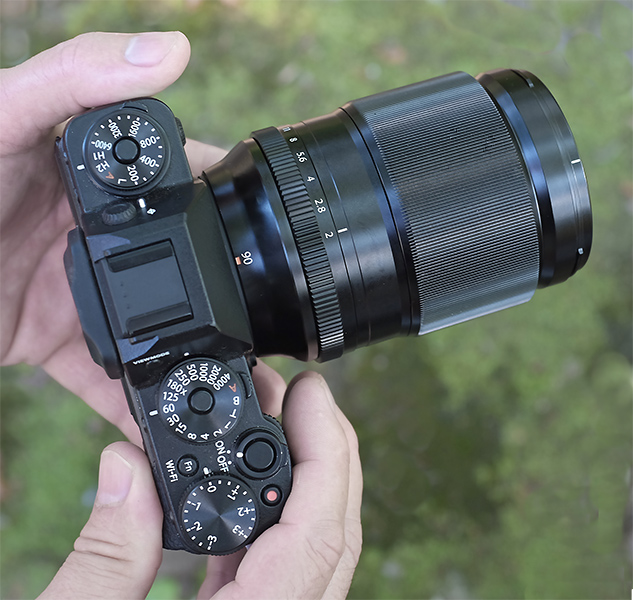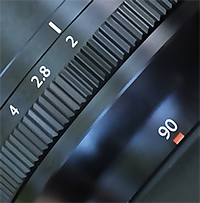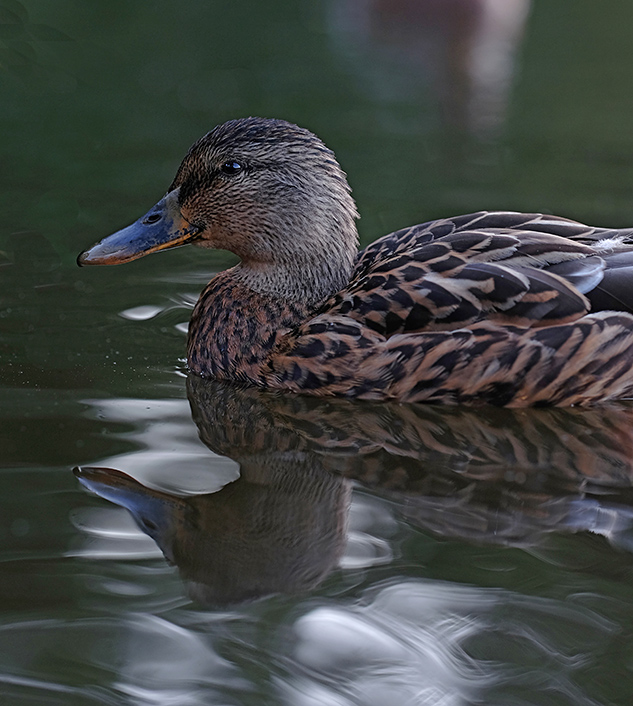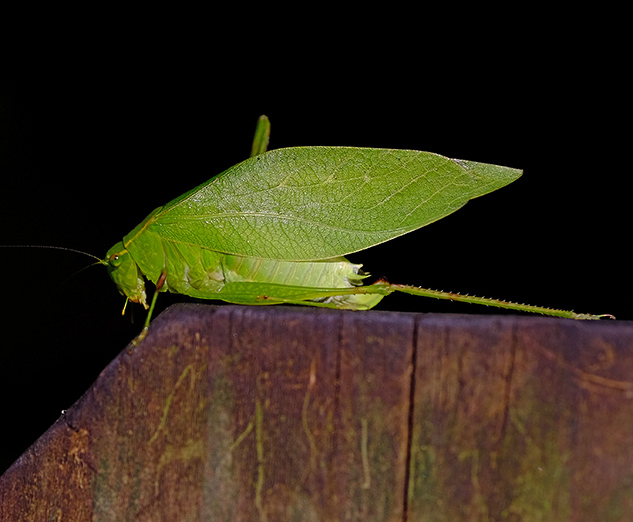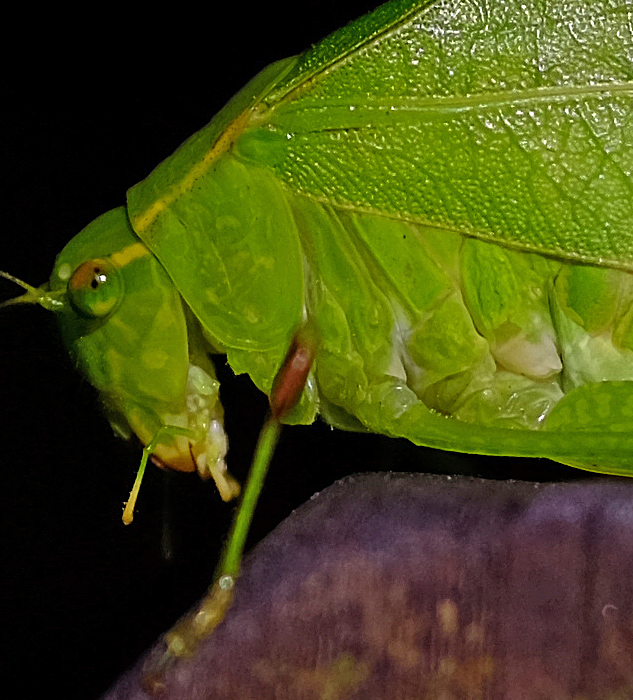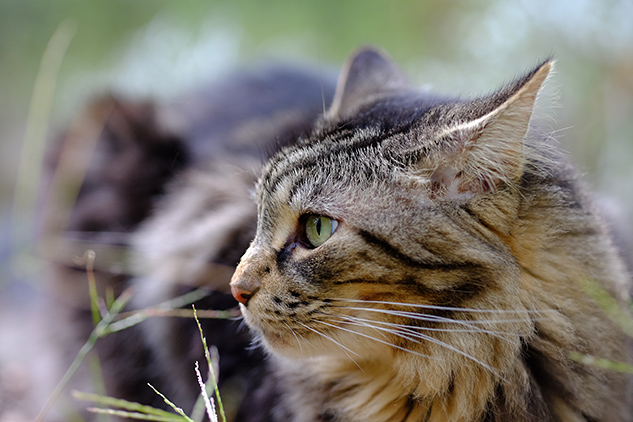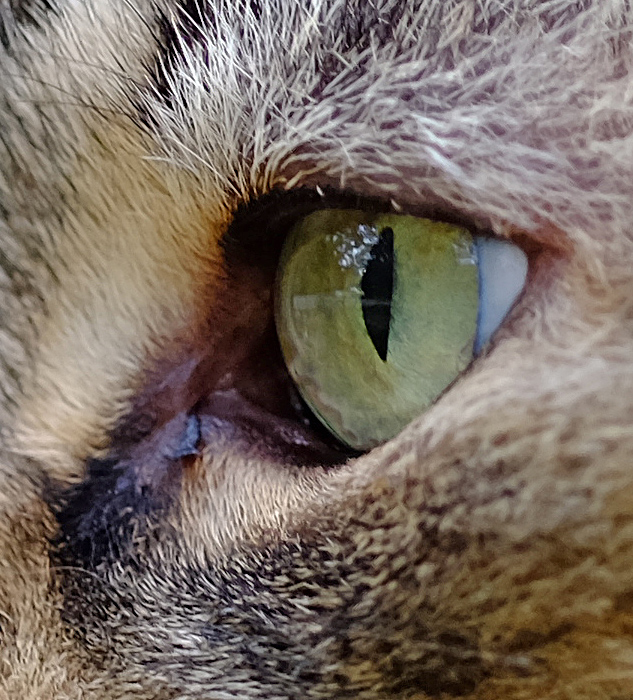Fujinon XF 90mm f/2 WR: Initial impressions from a most impressive lens
posted Saturday, September 26, 2015 at 12:45 PM EDT
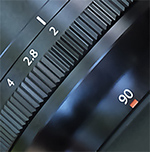
When we first heard that we were to receive Fuji's latest XF prime lens in for review, the Fujinon 90mm f/2 WR, I have to admit that my first thought was "Hmmm… but we already have the 50-140mm f/2.8, and it has built-in O.I.S.!" Well, I'm here to tell you that while I very much love the 50-140mm f/2.8, and would greatly enjoy building a whole rig around one, the 90mm f/2 is a different animal with different strengths and one that deserves entirely separate consideration.
(Notes: All images were taken handheld. Images have been cropped and/or tweaked in post-processing, primarily to balance shadows and highlights. Clicking on any image will take you to its larger version in the Fuji X-T1 Gallery (images have "90mm" in the title) where you also have access to the original, unedited versions and EXIF data as well. In addition, scrolling down while in the gallery will bring you to a section of images shot with the Fujinon 50-140mm f/2.8, as labeled in the title with 50-140mm.)
"Why buy this lens if I have a 50-140mm f/2.8?"
The first and most obvious reason to consider this lens even if you now own a 50-140mm f/2.8 is that the 90mm f/2 is simply much lighter, and more compact as well. This is no knock on the 50-140mm at all, because it needs that heavy-duty feel for such a long and professional lens replete with optical image stabilization. But, and there's no getting around this, it's a heavy boy to be toting around for long periods of time, a bit top-heavy even on the X-T1, and the 90mm f/2 prime is not. In fact, the 90mm feels like a perfect balance on the relatively svelte X-T1, like they were made for each other. And when you're out in the field for extended periods like most of us, the lighter weight and better balance is indeed noticeable.
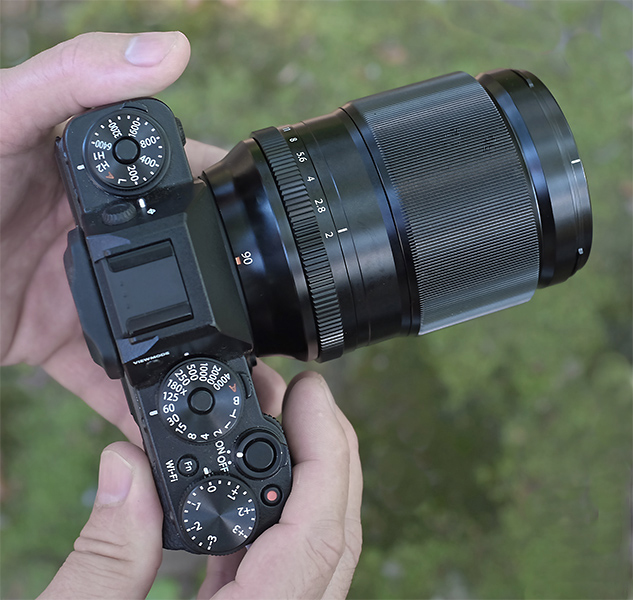
[Image courtesy Rob Murray with the Fuji X100s.]
Of course, the next difference is that the 90mm is a full stop brighter. As most of our readers are well aware but bears repeating for anyone new, this means that at the maximum available aperture, the 90mm f/2 can take in twice as much light as the 50-140mm f/2.8. And of course the larger aperture also makes it capable of delivering a shallower depth of field while at 90mm, which promises deeper bokeh (background blur).
Sharpness
Prime lenses are also generally sharper than zoom lenses due to the greater complexity in the design and manufacturing of the zooms. And while we love showing real world images first and foremost in helping display what a product is really capable of, nothing matches good old lab test results in determining objective comparison points like sharpness. Fortunately, our senior lab technician Rob Murray has both of these lenses on the rack while I'm penning this piece, and we'll be able to bring you the lab results soon in our full technical reviews of both lenses (inside info: they're both really good in virtually all areas!).
Weather Resistance
The 90mm f/2 is Fuji's second XF prime lens to come with weather resistant sealing, the first being the excellent 16mm f/1.4 we tested on SLRGear earlier this year. For most photographers that I know, this is a big deal. Neither the awesome 56mm f/1.2 nor the APD version are weather resistant, and that's a lot of money to have to worry about in the drizzle or from a random splash from the pool or pond. And like the retro-cool X-T1 body I was shooting on, Fuji doesn't joke around with weather resistant sealing; the 90mm lens uses seven seals around the lens barrel to protect against the elements, including one around the mount. Some camera companies out there believe that weather sealing means making the metal touch closer ("tighter tolerances" they say) but to us here at IR that's not going to cut it -- we want those tried and true seals if we're going to brave the elements (and little tikes splashing around in pools) with our valuable gear!
Now about that shallow Depth of Field...
With no image stabilization onboard, you're going to want that extra stop in situations where the light is not overly abundant, and f/2 provides a generous amount of light. But, there is a basic dilemma, because at 90mm when shooting wide open your depth of field can literally be razor-thin if you get close to your subject. This can work great on single subjects, provided that you absolutely nail the focus, but for multiple subjects it does make the task at hand a bit tougher.
This isn't the lens's fault of course! Quite the opposite, as the close-focus distance of just under 2 feet (60cm) is actually really good for a non-macro lens, but again this further complicates your decision regarding whether or not to shoot wide open. I only mention it just so that you're aware when shooting multiple people, for instance, to be mindful of just how shallow the depth of field can get with this lens. You can see examples below where it both did and didn't quite work for me in portrait situations.
[film simulation: F2/Fujichrome (Velvia)]
This was shot at the closest available focus distance of just inside 2 feet (60cm). At first glance the subject seems mostly in focus, but looking at a 1:1 crop below is interesting regarding how the wings are in focus but his eye is slightly out, even though they're in almost the same focal plane. When I calculated the depth of field for this sensor, aperture, focal length and distance I got .01 feet.
(Now that is some thin depth of field this lens provides.)
Fast and Quiet Focus
Fuji's Quad Linear Motor promises "fast, quiet and accurate" autofocus, and that is most certainly what I experienced. Any missed focusing opportunities I encountered were certainly not due to the lens nor the X-T1 body, as they provided a very pro-level experience. Closing in on insects, birds and even the family cat was no concern regarding speed to acquire focus, and the lens itself is virtually silent.
[film simulation: F2/Fujichrome (Velvia)]
This was also shot at or near the closest available focus distance, and shows the extreme depth of field,
as his hind leg is so blurred it's hard to make out what it is. Below is a 1:1 crop of the eye in focus -- notice how on either side of his eye it's already quite blurred. This is what 90mm at f/2 buys you in the subject-to-background isolation department (but beware, the focus must be exact!)
Compression
Another thing that most of you know, but a few may not, is that the farther you zoom the more "compressed" your image appears. In short, the background begins to appear closer the longer your focal length, and things like faces tend to appear flatter as well. Depending on the distance to your subject, 90mm (137mm eq.) can often work really well, but there can be times when it's too much compression, and can result in a cluttered look. For shots where less compression is needed, meaning more apparent distance between your subject and the background, you can either separate them more, physically, or just move to a shorter focal length prime like the (excellent) Fuji 56mm f/1.2 APD.
Conclusion
There are many factors to consider when weighing the decision regarding purchasing a lens, and that's especially true for anything in the $1000 ballpark and above. At the time of this writing the Fujinon XF 90mm f/2 can be acquired for about $950, which is a substantial investment for a single focal length. But after spending a few days with this gem I can say that it's a lens that I would very much love to own, and would reach for often. It feels so nicely balanced on the X-T1, a wonderful combination of technical excellence and weather resistance, and all in a fairly light package for what you get. The smooth focus ring matches stride with the smooth bokeh it's capable of achieving, and it's a fast performer on the AF front as well. With the lack of image stabilization being the only real knock against this lens (and having it would have made it a lot heftier) it's an offering that I'm betting will draw a lot of well-deserved attention from our enthusiast readers out there.
Buying this lens through one of our trusted affiliates helps us keep the reviews coming your way!
Fuji 90mm f/2 • Adorama
Fuji 90mm f/2 • B&H Photo
Stay tuned for our complete technical review of both the Fujinon 90mm f/2 as well as the Fujinon 50-140mm f/2.8, and head to our Fuji X-T1 gallery for more images shot with both lenses.
